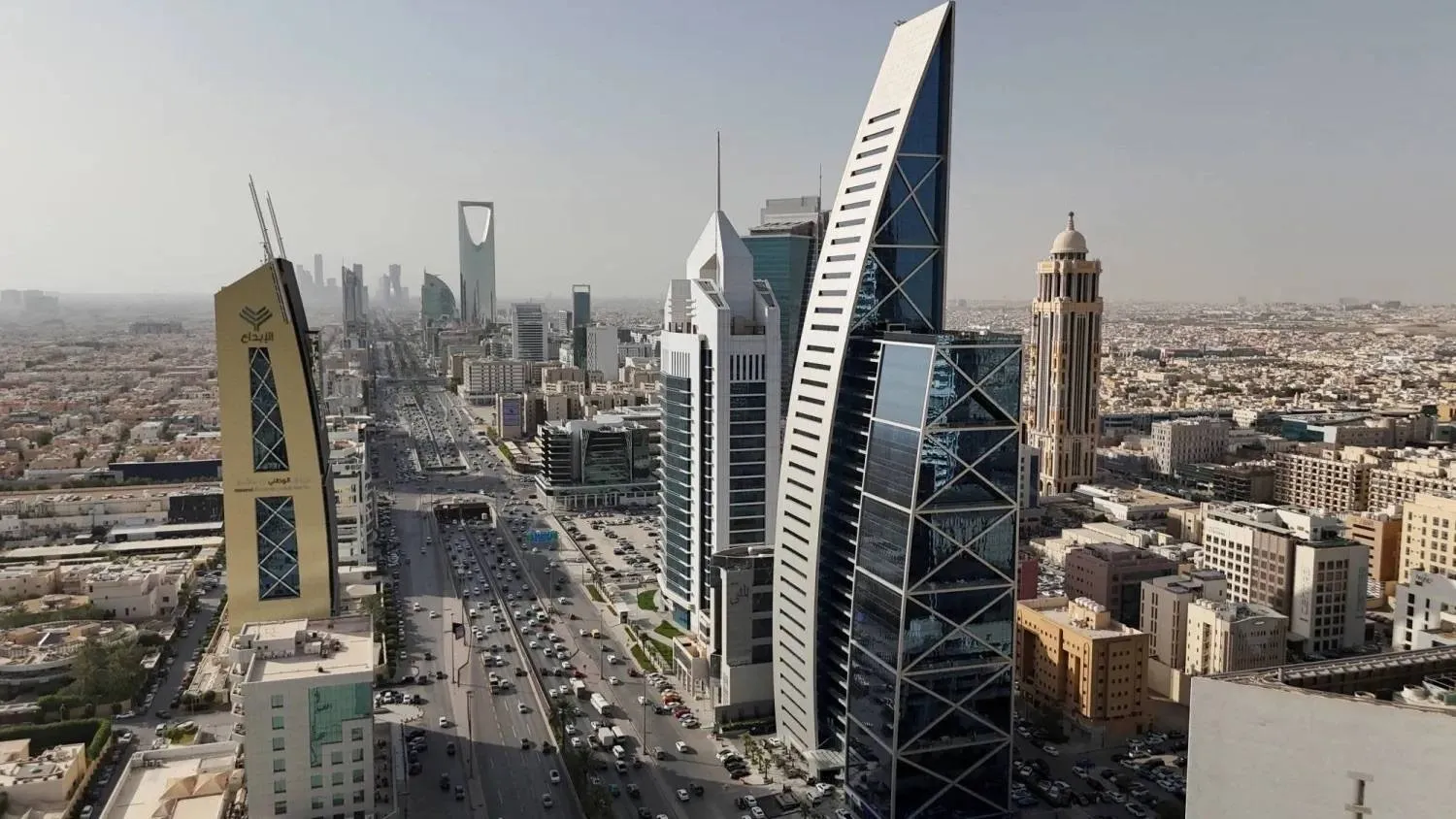The Future Investment Initiative conference kicked off in Riyadh on Tuesday with global and local investors stressing the importance of exploiting the available opportunities to advance international alliances and develop strategies that shape tomorrow’s economy.
In an interview with Asharq Al-Awsat, CEO of Skytower Eric Fang said the Future Investment Initiative will focus on the impact of investment on humanity as an interactive program designed to help investors reset pathways for their companies and for the global economy, while developing new strategies to cope with the challenges and opportunities of the new era.
Fang emphasized the need to discover new markets and expand the boundaries of economic growth, while adhering to environmental, social and governance standards. He stressed the importance of green development, including infrastructure, industry, manufacturing, supply chain and natural mineral resources, to be based on strong governance in order to achieve a positive impact on humanity.
The conference’s recommendations to address the challenges of economy, investment and trade should include a vision of adding value by creating a place to showcase ways to reduce carbon pollution, through re-engineering pollution from manufacturing, transportation, power generation and construction processes, he added.
Fang noted that hydrogen was a very useful commodity, but requires a lot of special processing because of its flammability. Ammonia, which consists of two hydrogen atoms and three nitrogen atoms, can be considered a non-flammable hydrogen carrier. Ammonia can also be broken down into hydrogen at the point of combustion.
In this context, he revealed cooperation between Skytower and its local partners in the special economic zone, such as King Abdullah Economic City, to build a hydrogen industry complex to manage all different types of hydrogen and ammonia technologies and modern manufacturing processes, in line with Saudi Arabia’s endeavor to promote artificial intelligence and robotics.
Chairman of the Saudi Excellence Holding Company Abdullah bin Zaid Al-Meleihi told Asharq Al-Awsat that the conference, in its seventh edition, was a global opportunity that would attract Saudi, American and Chinese investments.
Al-Meleihi, who is the Saudi partner in Skytower Investment Company, the fruit of the Saudi-American-Chinese green energy alliance, said that the rapid development of Saudi Arabia has become a measure of global evolution and a model for future development plans.
“Through this partnership, we can use our zero carbon standards to develop recommendations for future industry standards in the Kingdom by working alongside the Future Investment Initiative,” he added.









